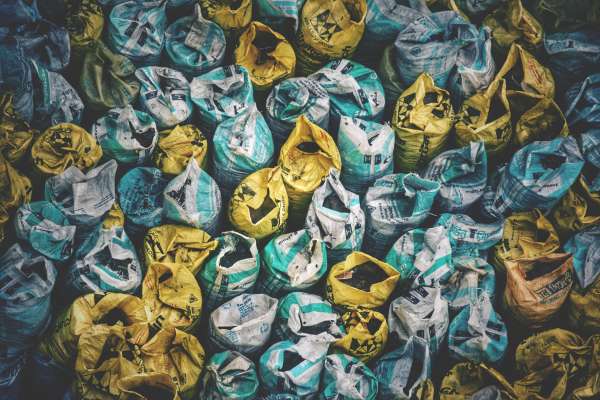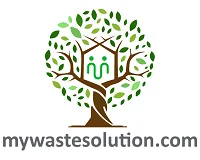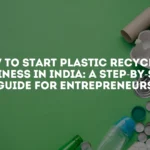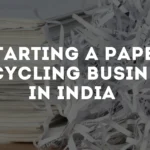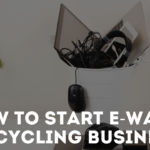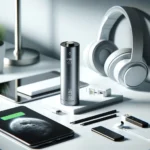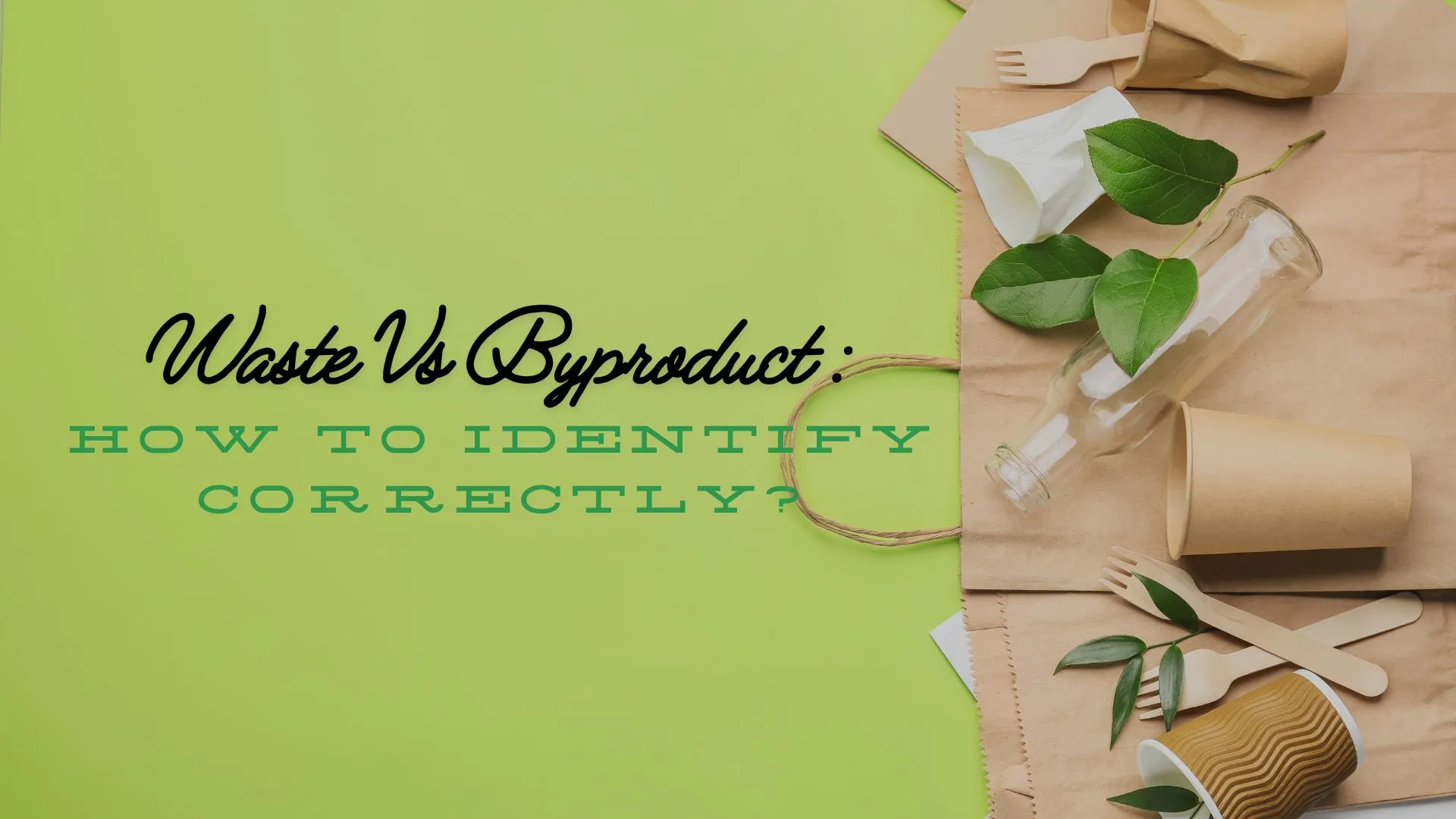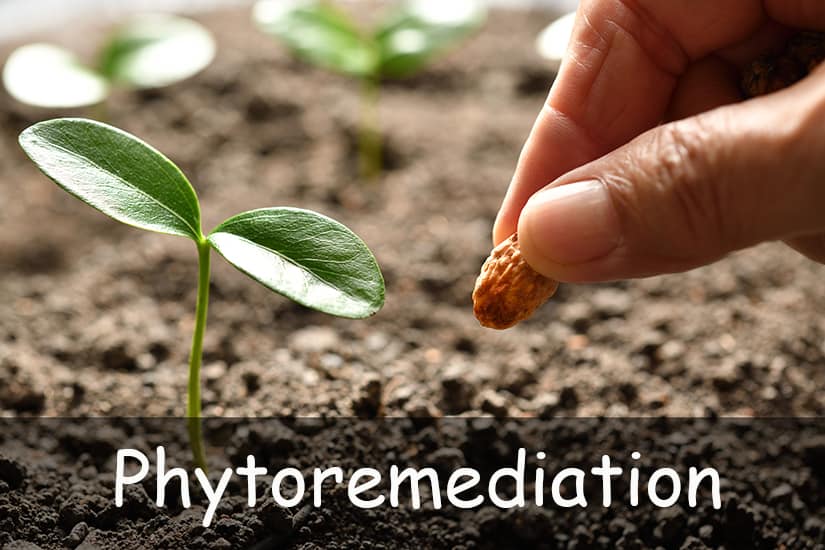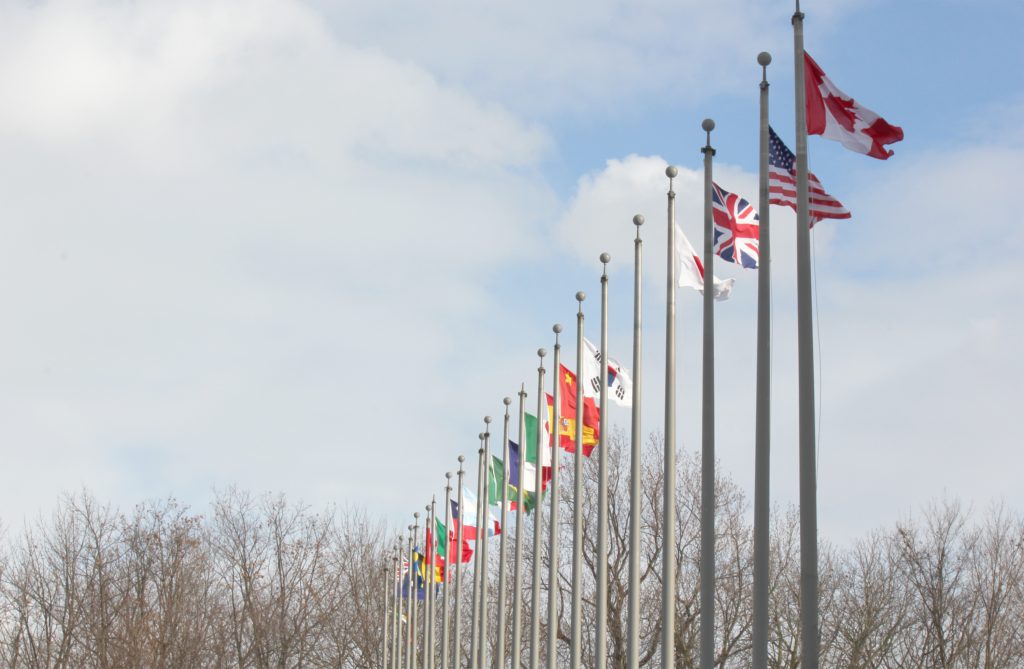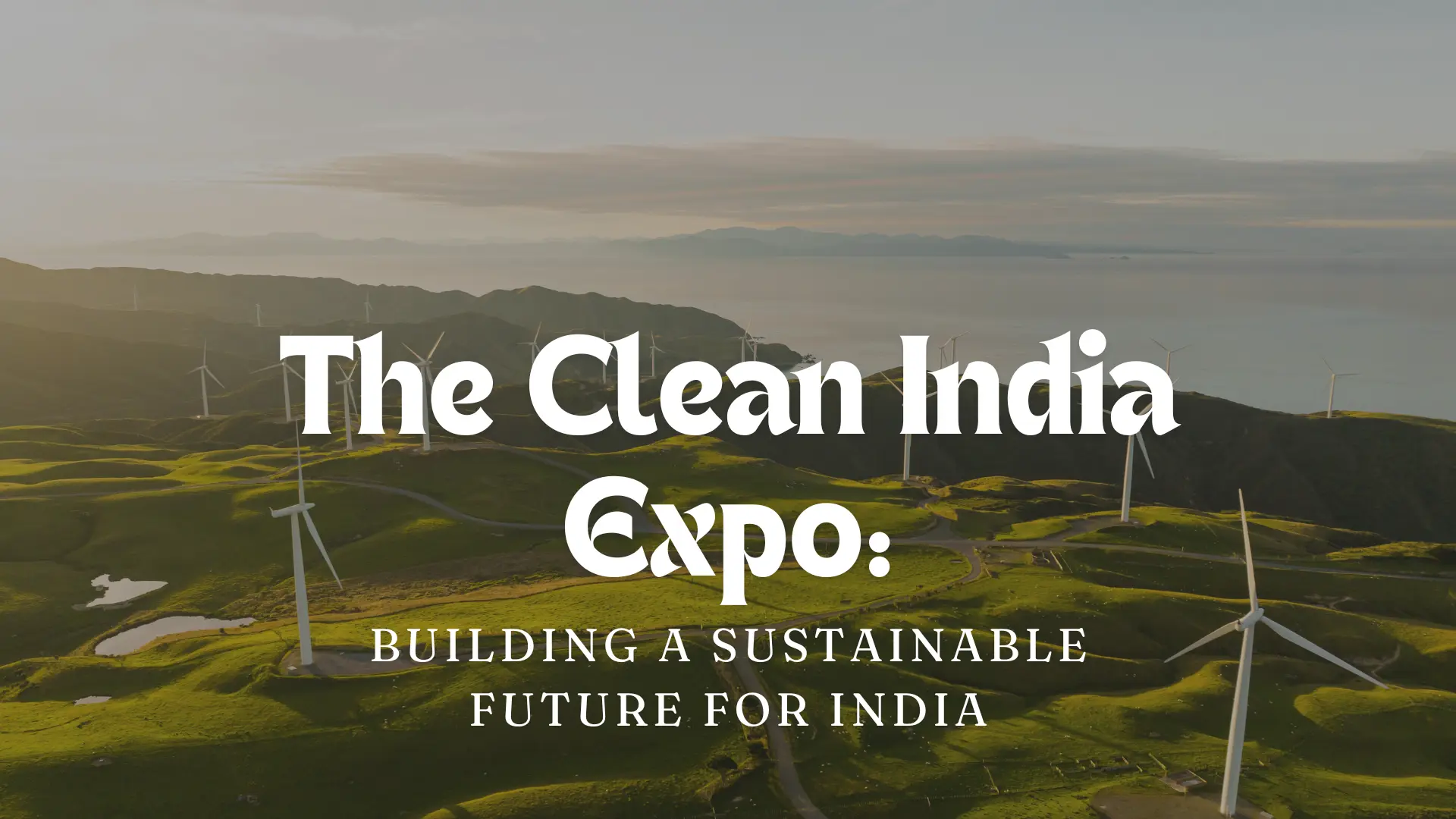We know industries manufacture products. But along with products they generate wastes and byproducts. Difference between waste and byproduct is often confused. This confusion in some cases can even invite legal trouble as government laws are different for both. I have written a detailed blog on waste regulations. I encourage you to check that as well. It will help you understand various waste laws.
Knowing byproduct from waste can help you following ways –
1. Follow correct regulations at your center.
2. Reuse the material which is by product.
3. Sell your byproduct in market for economic benefit.
Considering these benefits I decided to write a detailed blog on this topic. I will cover following points in the blog. If you feel you can click on these and move to topic directly. However I strongly suggest reading the complete blog.
Topic we will cover –
What wastes and byproducts are?
Comparative summary on difference between Waste and Byproduct ?
How to identify a material as a byproduct?
Waste
We obtain waste material during the process of production of goods. It is not the primary produce. Waste has no further use in production, conversion or consumption.
Following activities may result in waste production –
1. Processing of raw materials.
2. Consumption of final products.
3. Extraction of raw materials.
Wastes are not recycled or reused at the place or generation.
Byproduct
We obtain byproduct during the process of production of goods. So how is it different from waste? Well, unlike waste, byproduct happens to be of use. We may consume it in some process or sell it.
If we reuse or recycle a material at the place of generation it is a byproduct.
A Byproduct is as good as a product in following contexts –
1. Feasibility
2. Impact on nature.
3. Risks involved in all possible end use scenarios.
| Difference Basis | Waste | Byproduct |
| Usability | Has no further use in production, conversion or consumption | Can be used for production, conversion or consumption |
| Feasibility | Not Feasible to be used as a product | Feasible to be used as a product |
| Impact on Nature | Has harmful impact on nature | Is environment friendly with no harmful effect |
| Reuse | Is not recycled or reused at place of generation | Is recycled or reused at place of generation |
Hazardous And Other Waste Management Rules (HOWM) 2016 lays down necessary guidelines. We can use these for materials generated from Industrial Processes. Connect with our hazardous waste experts here.
Wondering what your Industrial Process generated ?
Below is a step-by-step guide. Follow these simple steps, and you’ll have your answer.
First identify if you wished to produce the material. If the answer is yes, no need to move forward. If you did not intend to produce material move to step 2.
Next we will check if waste is present in following lists –
1. Schedule III of HOMW rules, 2016.
2. Schedule IV – (Commonly Recyclable Hazardous Wastes).
3. Schedule IV – (Hazardous and Other Wastes Prohibited For Import).
This list is long and exhaustive. To make things easy for you, I have compiled them here.
If the material does not exist in any of the list, we can move to step 3. If it is present, material is Hazardous waste.
In step 3 we check if material is present in column 3 of Schedule I. Schedule I of HOMW rules lists processes that generate hazardous waste.
If material is present, move to step 5, else go to step 4A.
In this step you’ll need to conduct a pre-feasibility study. The study should cover all possible end uses of material. Government provides a list of points to be covered in this study. I have compiled this list below for you.
Next make an application to the concerned State Pollution Control Board (SPCB)/ Pollution Control Committee (PCC).
I have written a small list of different points that you need to cover.
The SPCB/PCC forwards your application to the Technical Experts Committee (TEC).
Next you have to give a presentation before the TEC. If your study is feasible, TEC will formulate Terms Of Reference (TOR).
This Terms Of Reference (TOR) will be is used for –
1. Conducting Environmental Impact and Risk Assessment studies.
2. Preparation of materials safety data sheet.
Wondering what safety data sheets are? CPCB has been kind enough to provide this information. You can download it from their site or from the link I have provided below.
Depending on recommendation of TEC, SPCB/PCC may do one of two things –
1. Reject your claim to use material as a byproduct. In this case you cannot consider material as a byproduct.
2. Issue you a TOR prepared in step 4B. In this case we can move onto step4D.
Now you have to present following in front of TEC –
1. Details of the studies conducted and its findings.
2. Safety Data Sheet prepared.
After this your work is over. Final decision will be made by SPCB/PCC. If they accept your claim material will be identified as a byproduct. However, If they do not accept this claim it remains Hazardous Waste.
In this step we check the process that generates material. In step 3 we found material in Column 3 of Schedule I. Now I need you to look again at the row where you found your material.
While third column tells you the material found, the second column tells the process used. If you check the second column for your material you will find the process used. For example if your material is sludge and filter cakes, your process would be secondary production of copper.
Now that you have your process, you need to check if it needs Environmental Clearance. For this you need to check the list in EIA Notification, 2006. Complete notification is very long.I have extracted the useful part so i can make your life little easier. You can download it from link given below. Connect with our EIA Consultants who can help you through the EIA process in a hassle-free manner.
If you find your process in the EIA list go to step 6. Otherwise move to step 4A.
In this step you need to apply for Environmental Clearance. You require this clearance for using material as a byproduct. Following paperwork will be required for this –
1. Points to be covered in pre-feasibility study.
2. Points to be covered in Environmental Impact and Risk Analysis Study.
Below i am providing link for points you need to cover in Environmental Impact and Risk Analysis
Once you get Environmental Clearance you may identify material as a byproduct.
Conclusion –
With above mentioned steps you can identify if your waste is byproduct. This may seem lengthy at first, but it’s the foolproof way. Once you have proper clearances you can safely consume your waste. This can save you money and create more ways to make money. In case there’s anything I missed please feel free to mention in comments. I would love to hear your inputs on the subject. Our waste management consultants are here to help you meet all your waste management needs!
To stay updated on more informative blogs, subscribe with us.
